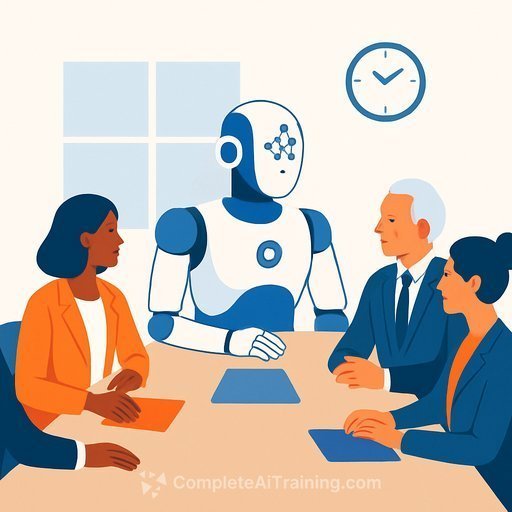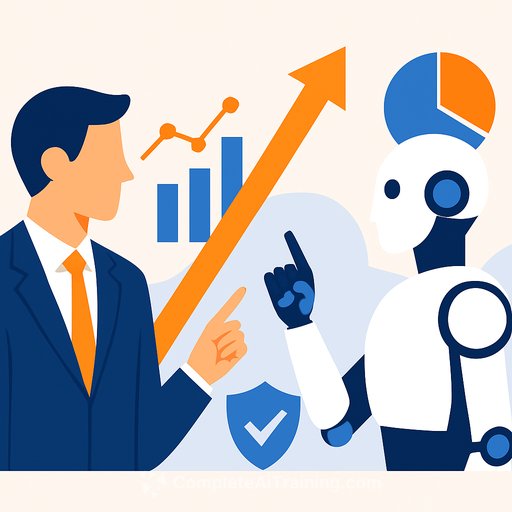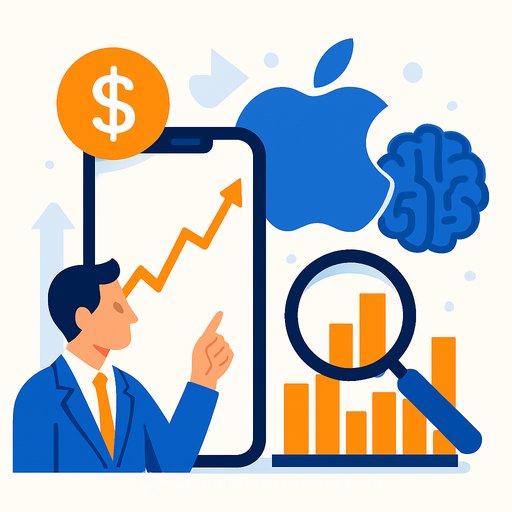Agentic AI demands a new CIO-CHRO pact
Agentic AI is redrawing how work gets done. Teams will mix people and autonomous agents, and the line between technology and talent leadership gets thinner by the month.
To keep pace, CIOs and CHROs should co-own the talent agenda: upskilling at scale, redefining roles, and setting clear rules for human-agent interaction. The goal is simple - get measurable business outcomes without creating a talent bottleneck.
Why this matters now
AI's speed of change is a constraint. In PwC's May 2025 Pulse Survey, 40% of tech leaders cite the pace of innovation as a top-three barrier, 38% point to talent and skills shortages, and 29% say adapting skills to new AI agent roles is a major blocker.
Unlike prior tech shifts, this isn't just new tools for IT. It's a full reset of technical and soft skills across the enterprise - plus new patterns for people working with agents - which makes CIO-HR alignment non-negotiable.
A shared agenda for an AI-ready enterprise
IT and HR should co-design how work evolves, how talent grows, and how value is measured. Start here.
1) Redefine how teams work with agents
- Map tasks by mode: automate, co-pilot, or human-in-the-loop. Assign clear ownership for decisions, supervision, and escalation.
- Publish a talent architecture that updates hiring profiles, performance expectations, and compensation for roles that deploy, supervise, or co-create with agents.
- Create an internal "agent store" with approved use cases, documentation, and KPIs for adoption and quality.
2) Update the organizational model for speed
- Shift from a pure standards culture to one that rewards disciplined experimentation. Set guardrails, not handcuffs.
- Adopt a product operating model for AI services with cross-functional squads (IT, HR, risk, legal, business) and time-boxed delivery cycles.
- Stand up secure sandboxes, data access policies, and a lightweight review board so promising agent ideas move from pilot to production fast.
3) Upskill with clear time commitments
Set expectations, not suggestions. Hands-on time beats theory.
- Executives: 10-20 hours building and using agents and LLMs on real workflows.
- Technical roles: 20-50 hours building, evaluating, and integrating agents into systems.
- Program structure: short primers, live labs, pair builds, office hours, and communities of practice. Everyone gets baseline AI literacy; change leaders go deeper on the tech.
4) Build the right skill portfolio
- Technical: agent frameworks, prompt design and testing, tool/API integration, data privacy, evaluation/guardrails, observability, and lifecycle operations.
- Business and soft skills: process redesign, critical thinking, compliance and risk awareness, communication, service design.
- Emerging roles: AI product manager, AI orchestrator, human-in-the-loop supervisor, evaluation lead, and agent reliability engineer.
5) Make experimentation part of the job
Continuous learning wins. Blend formal content with social learning and gamified practice.
- Run prompt-a-thons, internal showcases, and agent marketplaces to spread good patterns.
- Track engagement, use rates, and real outcomes. One enterprise reported over 70% of employees using AI assistants after adopting these tactics.
Governance that enables progress
- Define human oversight for each agent: what it can do, what it must not do, and when a person must review.
- Log prompts, outputs, and decisions for audit and improvement. Protect sensitive data by default.
- Evaluate agents like products: accuracy, latency, cost, safety incidents, and user satisfaction.
Metrics that matter to executives
- Cycle-time reduction and cost per outcome for targeted processes.
- Agent utilization, deflection rates, and percentage of work moved to co-pilot or autonomous modes.
- Time-to-competency for key roles and internal mobility into AI-adjacent positions.
- Quality: error rates, rework, compliance exceptions, and customer/employee NPS.
Your first 90 days
- Form a CIO-CHRO task force with business, risk, and legal. Publish a skills and role taxonomy for human-agent work.
- Select three high-value processes. Build and evaluate agents with human-in-the-loop controls.
- Launch executive immersion (10-20 hours) and a technical builder track (20-50 hours).
- Stand up a secure AI sandbox, an agent store, and lightweight governance for approvals.
- Align performance and rewards to outcomes delivered with agents, not just effort.
- Communicate early wins and publish a roadmap tied to business KPIs.
The bottom line
AI is changing work faster than most org charts can handle. A tight CIO-CHRO partnership is the lever to redesign teams, grow skills, and put agents to work where they create measurable value.
Want structured, role-based learning plans your leaders and builders can start this week? Explore AI training by job role from Complete AI Training.
Your membership also unlocks:






